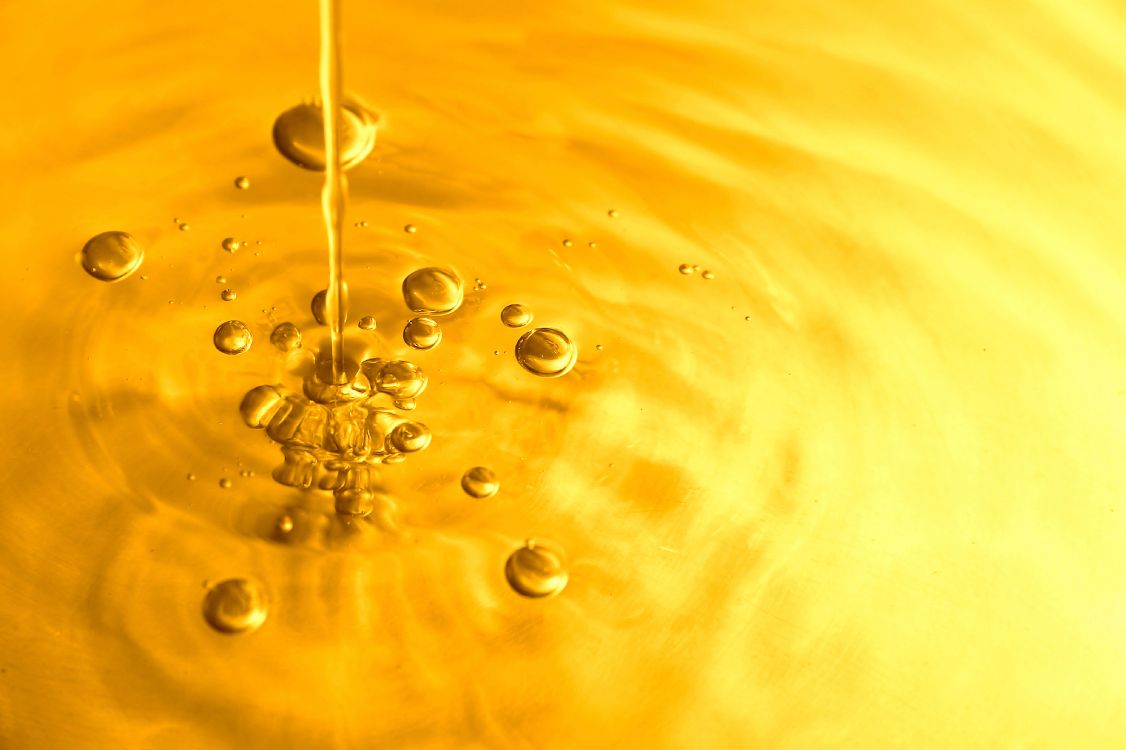New report from Epax highlights near-100% circularity of marine biomaterials
According to Epax, in the year 2022, 96.7% of the by-products resulting from the manufacturing of its marine oil ingredients have been used for the creation of other valuable resources such as animal feed, fertilizer, and biogas.
Photo © iStockphoto.com/Tina_Rencelj

Epax has announced in its first annual "Environment, Social, and Governance Report" that it is on the cusp of total circularity for its marine biomaterials. The company attributes this to its strict zero-waste policy. According to Epax, in the year 2022, 96.7% of the by-products resulting from the manufacturing of its marine oil ingredients have been used for the creation of other valuable resources such as animal feed, fertilizer, and biogas. The company is now committing to increase the amount of byproducts it reuses and recycles to 98% by the end of 2023.
Other efforts at sustainability highlighted in the report are the use of hydropower to reduce CO2 emmissions. According to Epax, 50% of its energy comes from hydropower, which has reduced the use of fuel oil by the company by 33% since 2019. This represents a 13.3% cut in CO2 emissions, according to the company’s press release. Epax is also using seawater off its own docks for cooling, reducing the company’s consumption of potable water by 5.7%.
“Epax has a long-standing commitment to sustainability, and an exceptionally high level of biocircularity is a key element of our plans for the future,” said Bjørn Refsum, CEO of Epax, in a press release. “This is increasingly important as consumer demand grows for sustainably produced omega-3 products and full ingredient transparency. To our knowledge, we’re the first supplier in the sector to report on our progress towards full circularity, but we hope that others will now do the same.”
In the report, Epax sets out to achieve 12 goals by the year 2030, including 100% renewable energy usage in the Epax’s Ålesund factory by 2025, and the use of 80% less potable water by 2025, compared to 2021. The company also hopes to achieve absolute reduction of CO2 emissions year-on-year by 2030.
HHS announces restructuring plans to consolidate divisions and downsize workforce
Published: March 27th 2025 | Updated: March 27th 2025According to the announcement, the restructuring will save taxpayers $1.8 billion per year by reducing the workforce by 10,000 full-time employees and consolidating the department’s 28 divisions into 15 new divisions.










